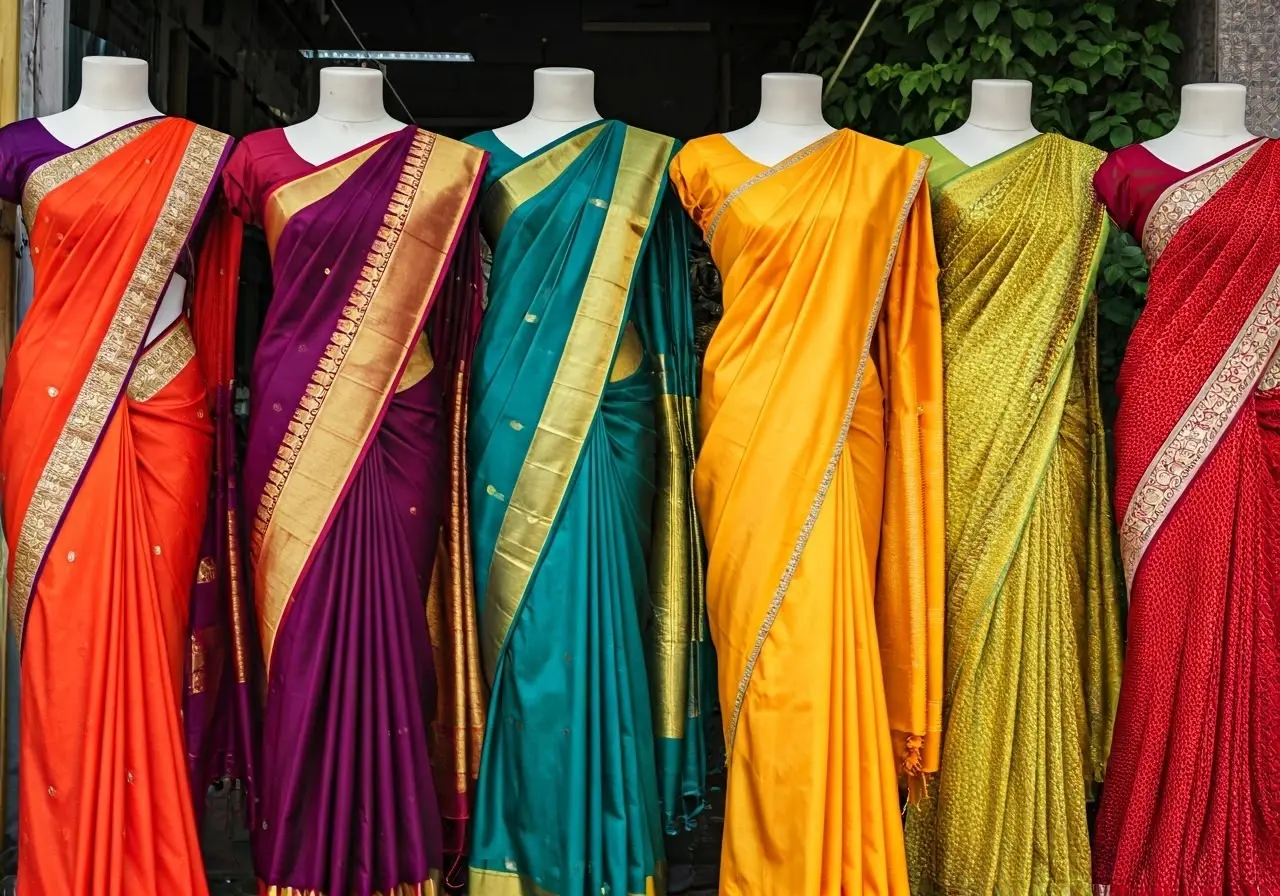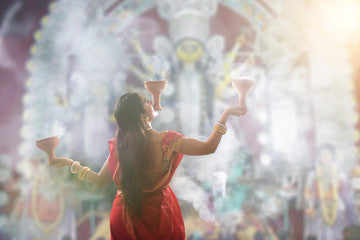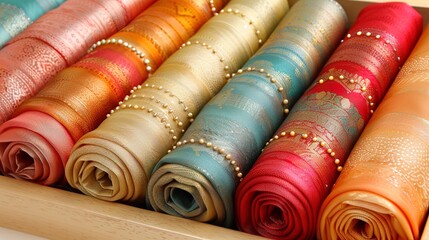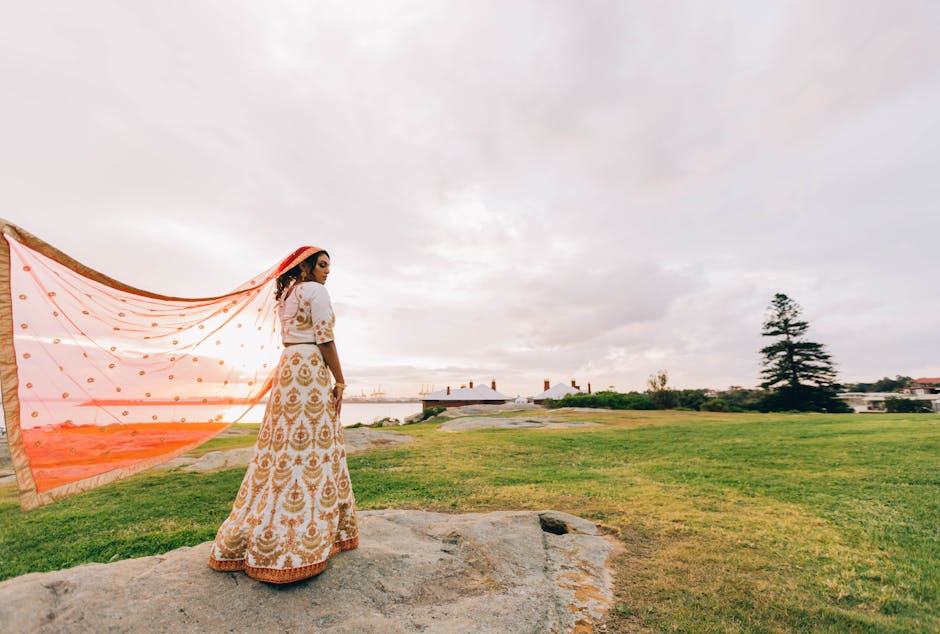The Rich Heritage of Traditional Sarees and Their Importance in Modern Times
Sarees have been an integral part of Indian culture for centuries, representing grace, elegance, and tradition. Over the years, the art of saree weaving and draping has evolved, reflecting India’s rich heritage and the cultural diversity of its regions. Despite modern fashion trends, traditional sarees continue to hold a special place in the hearts of Indian women and are making a significant impact on global fashion. Let’s explore the journey of traditional sarees and their relevance in the contemporary world.
The Historical Significance of Sarees
The origins of sarees can be traced back to the Indus Valley Civilization, around 2800–1800 BC. This ancient attire has evolved over centuries, influenced by various dynasties, regions, and cultures. The timeless allure of sarees lies in their ability to blend tradition with elegance, making them suitable for every occasion.
The word “sari” means “strip of cloth” in Sanskrit. But for the Indian women—and a few men—who have been wrapping themselves in silk, cotton, or linen for millennia, these swaths of fabric are more than just simple garments. They’re symbols of national pride, ambassadors for traditional (and cutting-edge) design and craftsmanship, and a prime example of the rich differences in India’s 29 states. National Geographic
Historically, sarees were not just about fashion but also indicated a woman’s social status. For instance, silk sarees from regions like Tamil Nadu and Kanjeevaram were often adorned with gold threads, signaling opulence and high social rank. Over time, sarees have transcended social boundaries, becoming a beloved garment across demographics. Even today, traditional sarees are cherished family heirlooms, passed down from generation to generation.
Varieties of Traditional Sarees Across India
India boasts a diverse range of traditional sarees, each region offering its unique style. From the vibrant Banarasi silk of Uttar Pradesh to the regal Kanjeevaram silk of Tamil Nadu, and from the elegant Assamese Mekhla Chador to the colorful Bandhani of Gujarat—each saree tells a story of its heritage, craftsmanship, and cultural significance.
The Banarasi saree, known for its rich silk fabric and intricate zari work, is traditionally worn during weddings and festive occasions. The Chanderi saree, originating from Madhya Pradesh, is renowned for its sheer texture and lightweight fabric, making it suitable for both daily wear and special events. In Gujarat and Rajasthan, the Bandhani saree showcases tie-dye patterns that represent the vibrant culture of these regions. These sarees are not just garments but pieces of art that reflect the traditions and heritage of their place of origin.
Let’s not forget the Chikankari sarees from Uttar Pradesh, famous for their intricate embroidery, or the Pochampally sarees from Telangana, admired for their unique geometric patterns. Each of these sarees exemplifies the meticulous craftsmanship and the cultural narratives woven into their fabrics. The diversity in the types of sarees speaks volumes about India’s rich textile heritage.
A lesser-known yet exquisite variety is the Kasavu saree from Kerala, traditionally woven in white with gold thread. These sarees are typically worn during festive occasions and are highly regarded for their simplicity and elegance. Similarly, the Paithani sarees from Maharashtra are characterized by their vibrant colors and peacock motifs, making them highly sought after. Each saree type adds a unique flavor to the rich tapestry of Indian culture.
The Art of Weaving and Embellishments
The process of creating a traditional saree is a labor of love. Skilled weavers spend days, sometimes months, meticulously handcrafting each piece. Intricate embroidery, zari work, and traditional motifs add to the saree’s charm. Understanding the effort and artistry involved helps in appreciating these masterpieces even more.
For example, the Kanjeevaram sarees from Tamil Nadu are handwoven with pure mulberry silk and often embellished with gold or silver threads. The weavers use traditional techniques passed down through generations, ensuring that each saree is a unique piece of art. Similarly, the Banarasi sarees involve intricate zari work that combines gold and silver threads to create exquisite patterns.
The weaving processes also vary significantly from region to region. In West Bengal, for instance, the Baluchari sarees are known for their storytelling elements woven into the fabric. These sarees often depict scenes from Indian mythology, making them almost like wearable art. The delicate and labor-intensive process ensures that each saree is special and imbued with historical and cultural significance.
Moreover, the art of embellishing sarees is as diverse as the sarees themselves. Techniques like beadwork, mirror work, and sequins are commonly used to add an extra layer of beauty. These embellishments not only enhance the saree’s visual appeal but also symbolize the weaver’s skill and creativity. The intricate details make each saree a testament to India’s rich artistic heritage.
For those who wish to dive deeper into the world of saree weaving and embellishments, National Geographic provides an excellent overview of the diverse techniques and regional specifics associated with this magnificent garment.
The Role of Sarees in Cultural and Religious Celebrations
Traditional sarees play a pivotal role in Indian cultural and religious festivities. They are often chosen for weddings, festivals like Diwali and Durga Puja, and other significant occasions. Wearing a saree is not just about fashion; it’s about participating in a tradition that celebrates life’s milestones with grace and dignity.
For example, during the Durga Puja festival in West Bengal, women traditionally wear red and white sarees known as Garad sarees, which symbolize purity and festivity. Similarly, during weddings, the bride is often adorned in a Banarasi or Kanjeevaram saree, intricately designed and rich in fabric, reflecting the grandeur of the occasion. These sarees are not merely clothes but symbols of cultural and religious significance.
Apart from major festivals, sarees are also integral to various life events and ceremonies. For instance, young girls wear sarees for the Ritu Kala Samskara or the coming-of-age ceremony, marking their transition from girlhood to womanhood. Sarees are also worn during religious rituals, temple visits, and family gatherings, making them an essential part of the Indian way of life.
In South India, the celebration of Pongal and Onam sees women dressed in beautiful traditional sarees. These sarees often feature designs and colors that hold specific cultural meanings. The same applies to regions across India, where sarees play a central role in festivities, ceremonies, and even everyday life. The saree’s presence in these significant moments highlights its importance as a cultural artifact.
Traditional Sarees in Contemporary Fashion
In recent years, traditional sarees have transcended beyond cultural boundaries and have found a place in contemporary fashion. Designers and fashion enthusiasts are reinventing saree draping styles and pairing them with modern accessories. This blend of tradition and modernity keeps the timeless appeal of sarees alive in today’s fashion world.
Celebrities like Deepika Padukone and Priyanka Chopra have been spotted wearing sarees on international red carpets, sparking global interest in this traditional garment. Even international designers such as Gucci and Ralph Lauren have incorporated saree elements into their collections, showcasing the versatility and elegance of the drape. This fusion of traditional and modern elements not only preserves the heritage but also brings a fresh perspective to contemporary fashion.
Moreover, the rise of sustainable and ethical fashion has led to a renewed interest in handloom and traditional sarees. By choosing these sarees, fashion enthusiasts can support local artisans and promote environmentally friendly practices. The fusion saree trend involves pairing traditional sarees with Western-style blouses, jackets, and even belts, offering a unique and modern twist while preserving the essence of the saree.
Despite the allure of fast fashion, the charm of traditional sarees remains undiminished. Fashion houses are increasingly focusing on sustainable sarees that are kind to both nature and the workers who produce them. As a result, sarees are now not only a symbol of cultural heritage but also a part of the global movement towards more ethical fashion choices.
To explore further how traditional sarees are making their mark in contemporary fashion, visit this in-depth look at how these garments are being celebrated and reinvented in the modern world.
Preserving and Promoting Traditional Weaving Practices
As fast fashion dominates the market, it’s essential to support and preserve traditional weaving practices. By advocating for sustainable and ethical fashion, we can help protect the livelihoods of artisans and ensure that the rich heritage of traditional sarees is passed down to future generations.
Efforts are being made to revive traditional saree weaving techniques through educational programs and initiatives that support local artisans. Organizations and fashion designers are collaborating to promote these beautiful, handwoven creations. By celebrating these artisans’ work, we can help sustain the traditional weaving industry and provide economic opportunities for craft communities.
Moreover, promoting traditional sarees also involves embracing them in everyday fashion. Encouraging younger generations to wear sarees not just for special occasions but as part of their daily wardrobe can help keep this heritage alive. Educational campaigns and social media initiatives can also play a significant role in spreading awareness about the beauty and importance of traditional sarees.
Embracing Tradition in Modern Times
Traditional sarees are not just garments; they are an embodiment of India’s rich cultural heritage, artistic craftsmanship, and timeless beauty. As we embrace modernity, it is crucial to cherish and preserve these invaluable traditions for future generations. By celebrating and incorporating traditional sarees in our daily lives and special occasions, we pay homage to our ancestors and the artisans who keep this heritage alive. So, whether it’s a wedding, festival, or a regular day at work, let the saree be a reminder of the elegance and pride of our cultural legacy.






